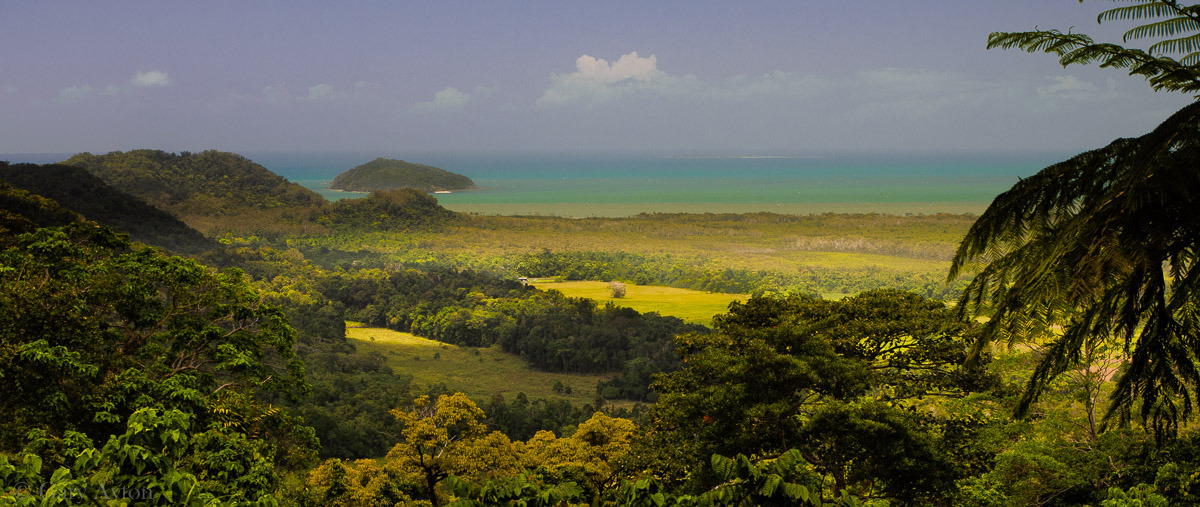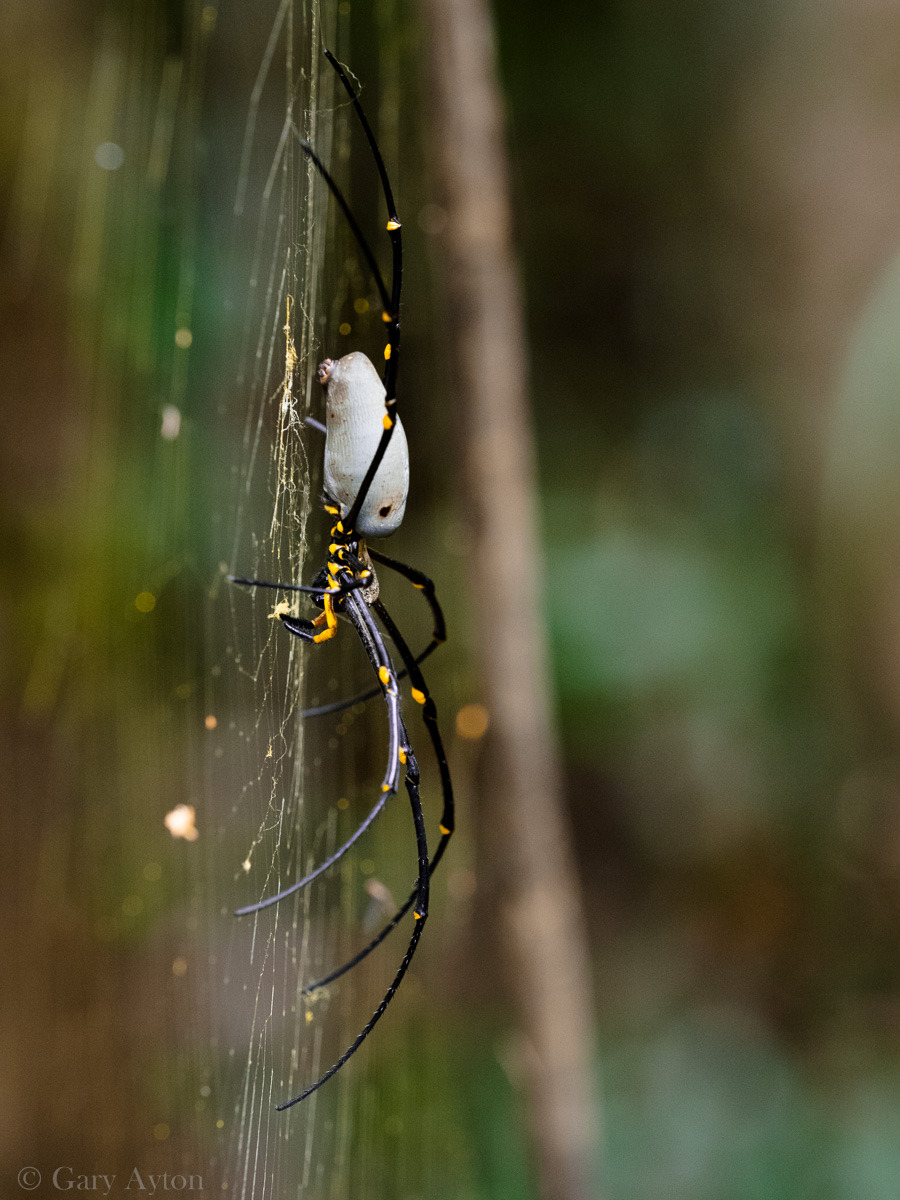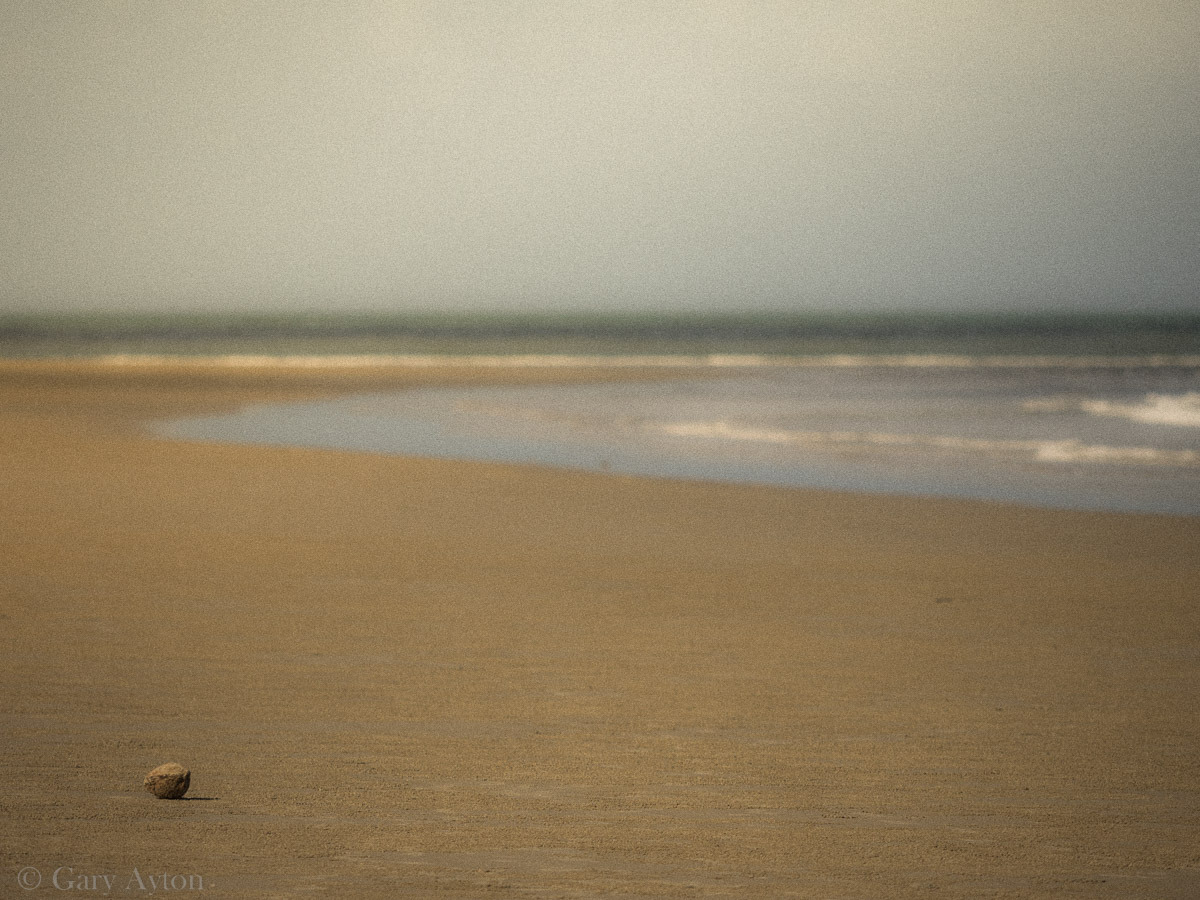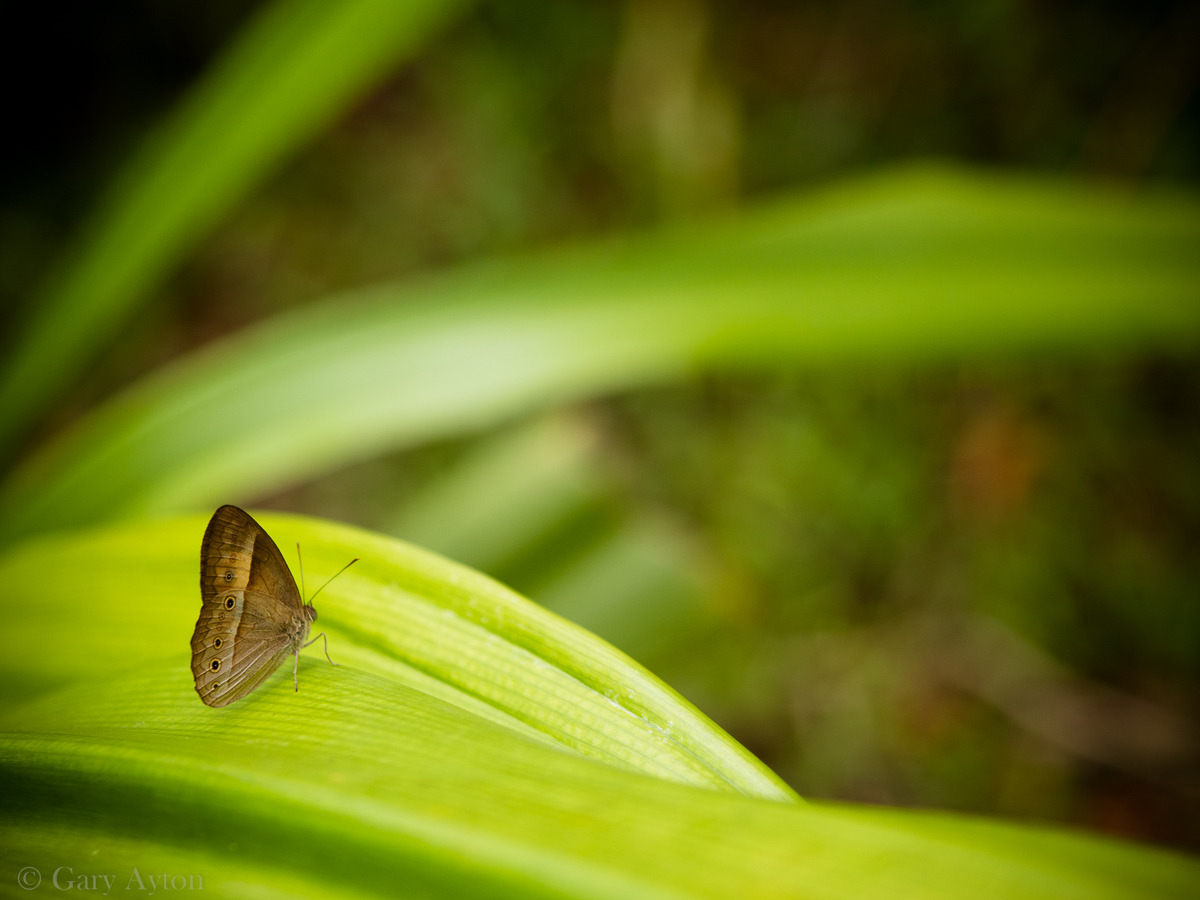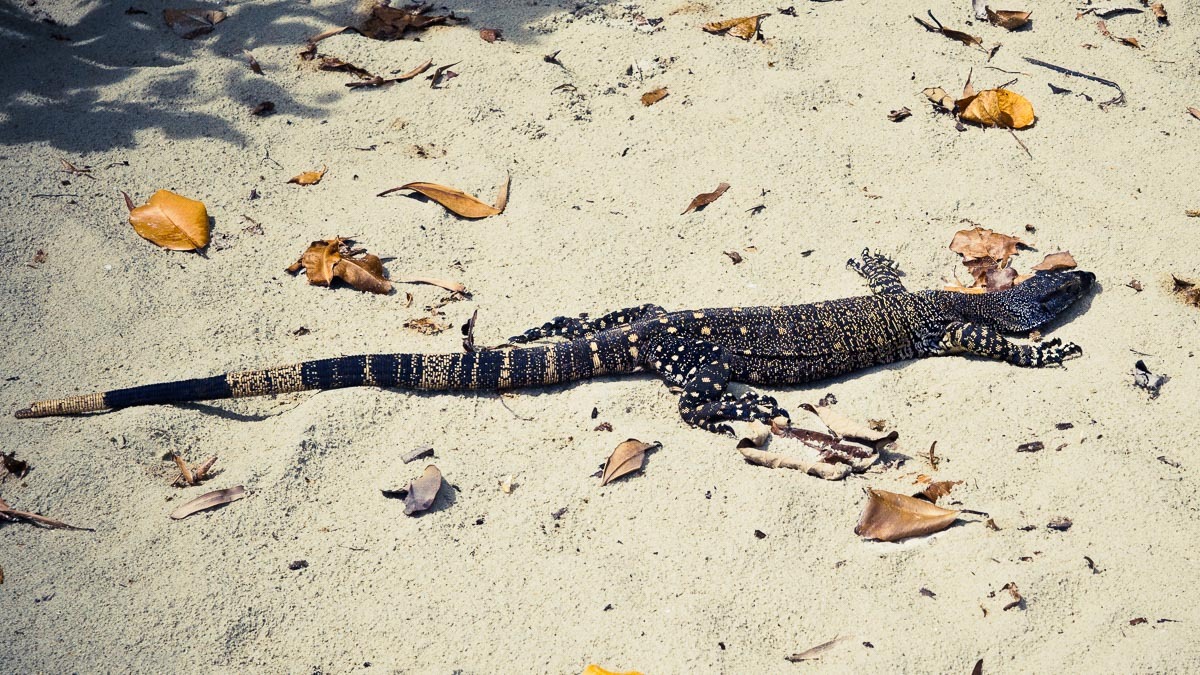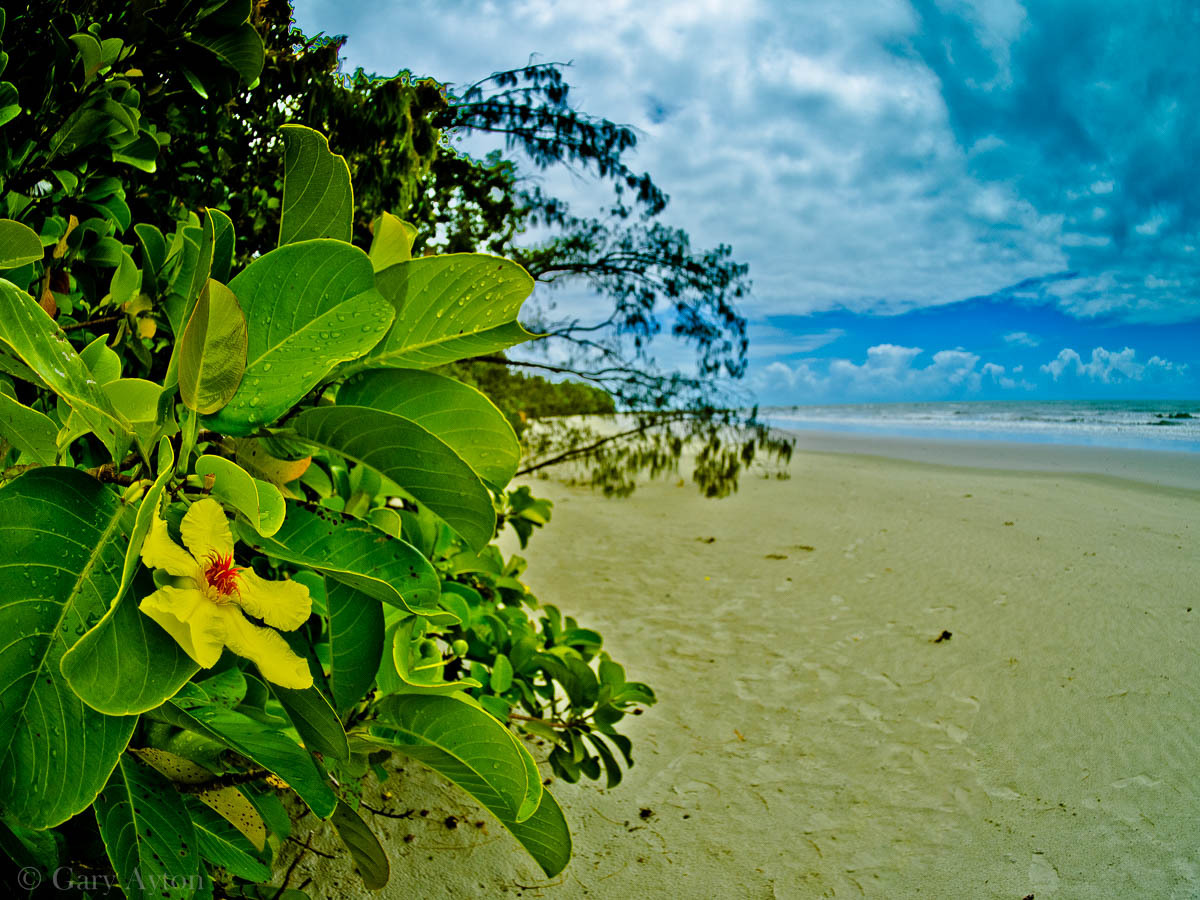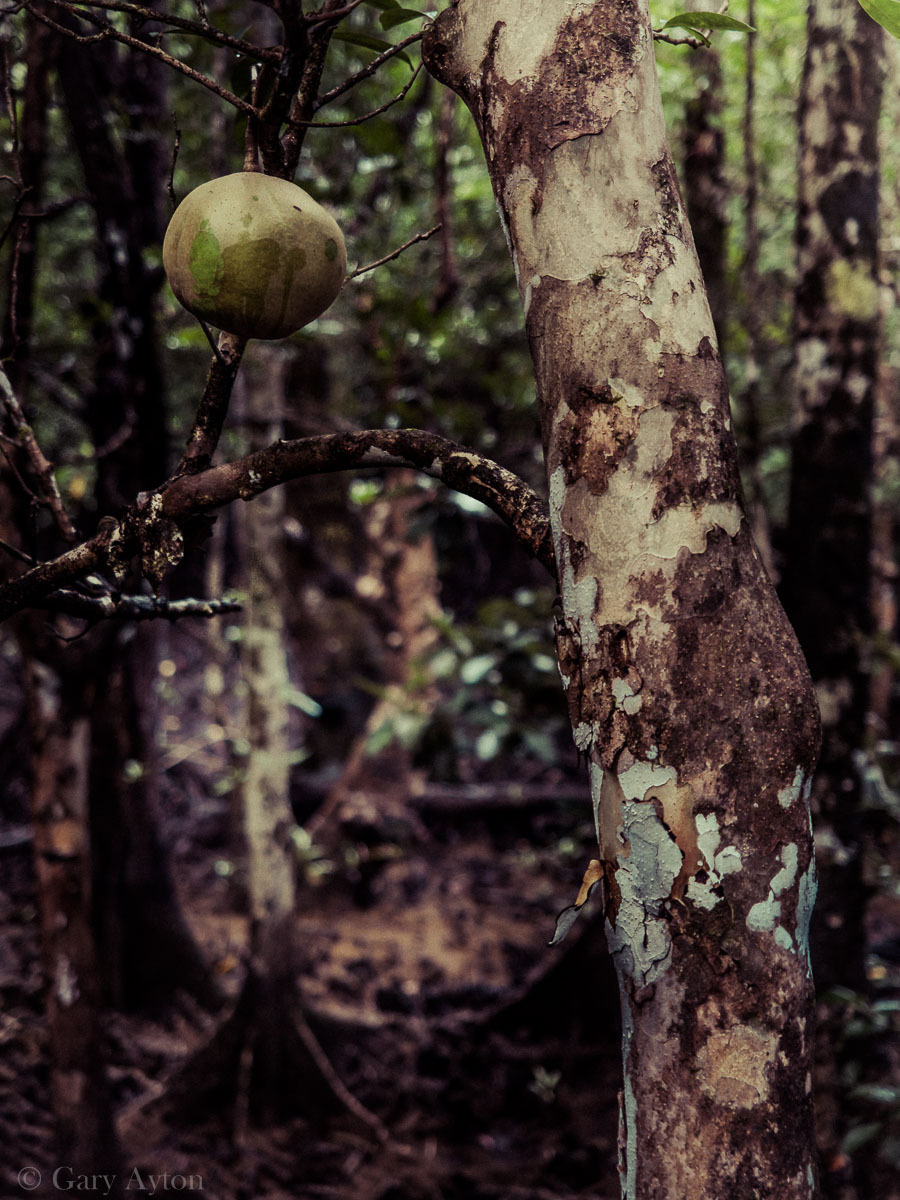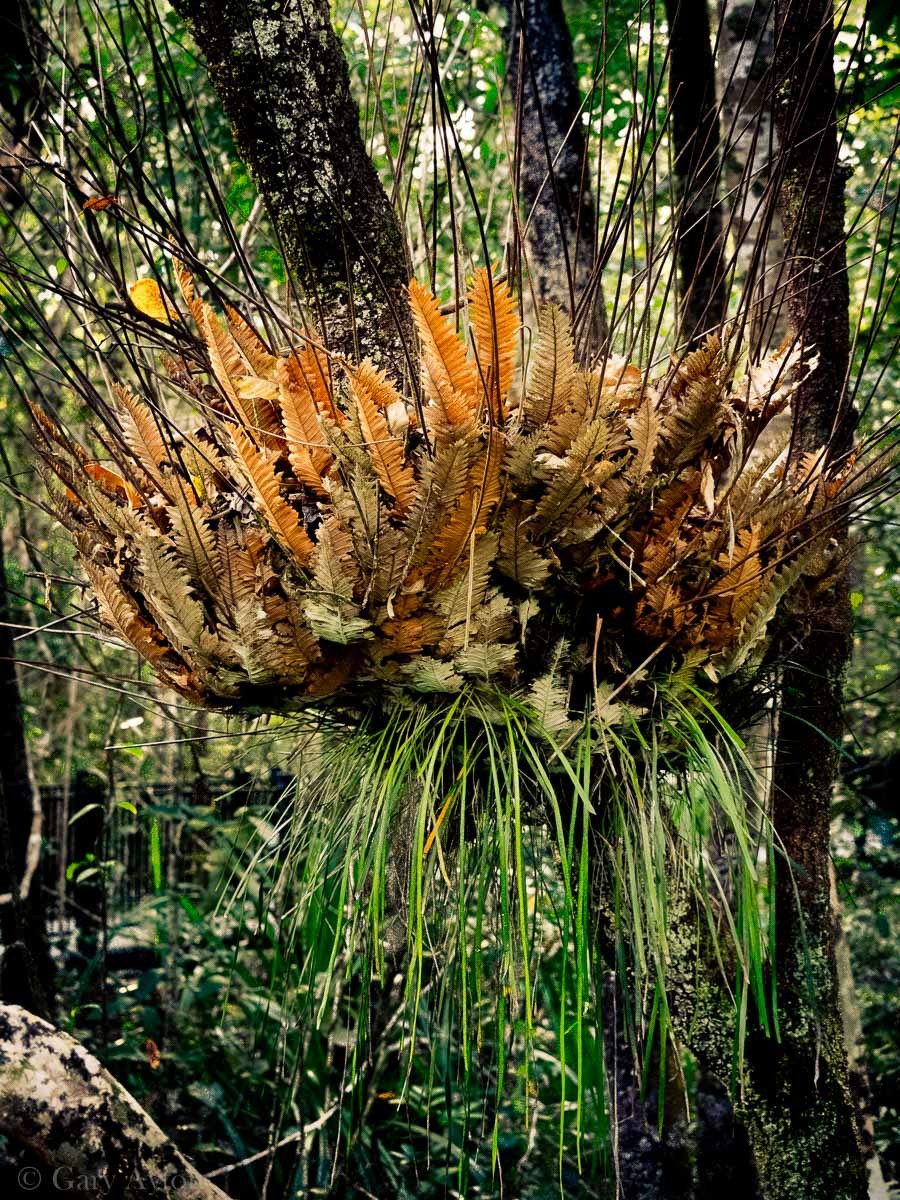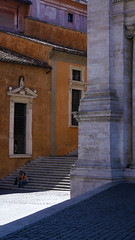This will be the last on my current series of posts of the wet tropics of north Queensland – previous posts were:
- Travel tips for north Queensland’s awesome wet tropics and the Daintree rainforests
- The unique Atherton Tableland – high rainforest plateau and ancient volcanic maars and waterfalls
- Tropical north Queensland – Palm Cove and why a fisheye lens comes in handy
Daintree wilderness rainforest is in far north Queensland and as far as mobile phones, TV and internet goes, one is mostly off grid once you cross the ferry on the crocodile infested Daintree River.
It’s tropical climate, relative isolation and unique rainforest flora and fauna and lovely beaches make it a must see destination – see earlier posts on tips on time of year to go, etc.
The road is bitumen up to Cape Tribulation so you will not have issues with normal cars although an SUV is nice to give a bit more ground clearance, especially if you are renting a car. The new 2011 Q5 bridge across Coopers Creek allows all year access to Cape Tribulation (apart from major storm/cyclone/5 yr floods).
The road from Cape Tribulation north to Cooktown has been sealed since 2005 but travel past Cape Trib may NOT be covered by your rental car hire insurance! You can check current road status here.
When calculating drive times, assume an average speed of around 60kph – there are many speed humps to reduce risk of killing southern cassowary birds.
Alexandra Lookout – looking south east towards Snapper Island and the mouth of the Daintree River:
Golden Orb spider the size of my hand on the Jindalba Boardwalk in the rainforest (Olympus mZD 40-150mm f/2.8 PRO lens on Olympus OM-D E-M1 camera):
There are 3 well maintained short boardwalks which you must do as each give access to different ecologies:
- Jindalba boardwalk through the rainforest
- Marrdja boardwalk through mangrove swamps – very nice and perhaps the most likely place to see a southern cassowary
- Dubuji boardwalk another coastal walk but this one takes you through tall fan palms
Bushwalks include the very steep walk from Cape Trib to Mount Sorrow for those who are fit – you are advised to start the walk no later than 10am and to allow 6-7 hours.
Swimming holes are available at Cape Trib Grocery Store and at Emmagen Creek north of Cape Trib (take the inland track from Emmagen Beach).
Sea kayaking is available just north of Cape Trib provided by Paddletrek, and also in Cow Bay / Snapper Island in the southern area, provided by Tropical Sea Kayaks.
If you want to snorkel with turtles then Ocean Safari‘s Great Barrier Reef tours take you 20km out to the to Mackay Reef or Undine Reef (25min fast boat ride) and depart from Turtle Rock Cafe at Myall Beach and also from Cape Trib.
There are quite a few nice accommodation options and a few restaurants and cafes and a pub or two, although grocery stores and fuel are not plentiful. Thankfully there are NO fast food chains such as Macdonalds. Make sure you stop for lunch at Lync Haven cafe – very nice lunches and they have some parrots to interact with and caged pythons as well as accommodation. Alternatively, the Whet Cafe Bar and Restaurant makes for a nice lunch or dinner spot near Cape Trib.
Camping in the beach-side camp grounds such as at Noah Beach is popular during the dry season (June-Oct) but be warned, in the wet season it rains hard and for much of the day although I am told it generally stops between 10am and 4pm unless there is a cyclone or tropical low really dumping rain. Also the local nocturnal giant white tailed rat (Uromys caudimaculatus) which can chew through the husk of a coconut, can also chew through tents, plastic, canvas, leather electrical wires and even into cans. They can damage car fan belts and radiator hoses!.
I stayed at the Heritage Lodge and Spa which is well situated in Diwan, half way to Cape Tribulation and near Thornton Beach and Cooper’s Creek. The cottages set within a rainforest environment are very nice indeed although en suites are tiny and there are no baths. The Cooper Creek runs within the site and allows walks and swimming in the crystal clear water. It has a very nice restaurant and a continental breakfast of cereal, toast, juices, fruit is provided.
The lower reaches of Coopers Creek is crocodile territory and boat tours are available from the bridge a couple of times each day – the walk along Thornton Beach to the inlet does make a newbie’s heart stir seeing the crocodile shaped shadows in the water (but these appear to have been sandbars although I didn’t wade in to find out!).
There is a kiosk serving fish and chips and burgers at Thornton Beach and there are some convenient affordable beach cabins opposite (Thornton Beach Bungalows).
Thornton Beach (Olympus mZD 40-150mm f/2.8 PRO lens on Olympus OM-D E-M1 camera):
Coconut:
I had been worried about annoying biting insects on the beach such as sandflies (aka midges/midgies which cause persistently itchy allergic reactions to their bites and which are important in the pollination of cocoa plants and thus chocolate!) but in October it seemed there were no nasty bities even without DEET insect repellents except for the occasional March fly in the mangrove beach area of Cape Tribulation (Oct-Nov is apparently the time of march flies in the Atherton Tablelands so I guess it applies on the beaches too).
North of Thornton Beach is the lovely remote Noah Beach with its nice camping ground.
Aerial view of Noah Beach courtesy of Tourism Queensland:

Cape Tribulation:
Butterfly (Olympus mZD 40-150mm f/2.8 PRO lens on Olympus OM-D E-M1 camera):
Lace monitor lizard goanna on the beach (Olympus mZD 40-150mm f/2.8 PRO lens on Olympus OM-D E-M1 camera):
Cape Tribulation beach with fisheye lens:
Surreal mangrove beach (Olympus mZD 40-150mm f/2.8 PRO lens on Olympus OM-D E-M1 camera):
Wild cannonball mango in the fantastic Marrdja Boardwalk through mangrove swamp (Olympus mZD 12-40mm f/2.8 PRO lens on Olympus OM-D E-M5 camera):
Aerial basket fern (Drynaria rigidula) – home to birds, tree snakes and other animals (Olympus mZD 40-150mm f/2.8 PRO lens on Olympus OM-D E-M1 camera):

